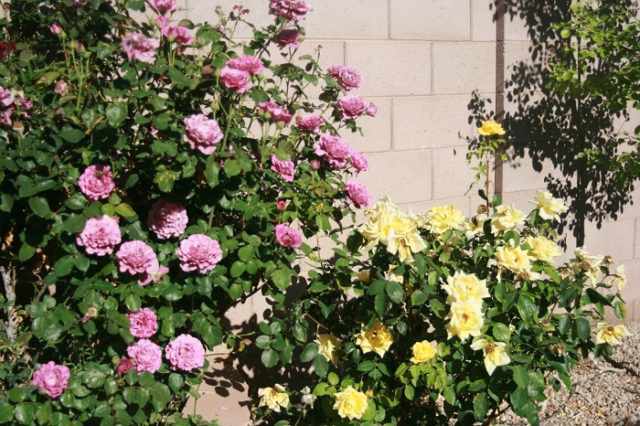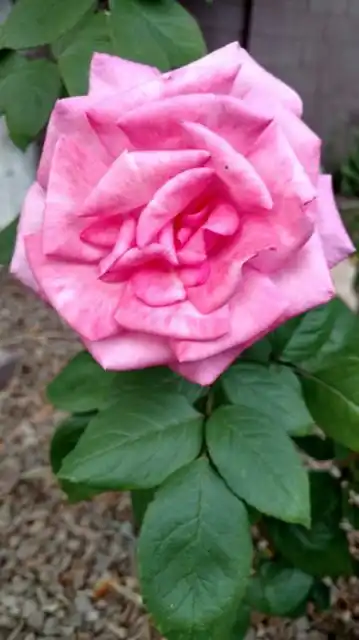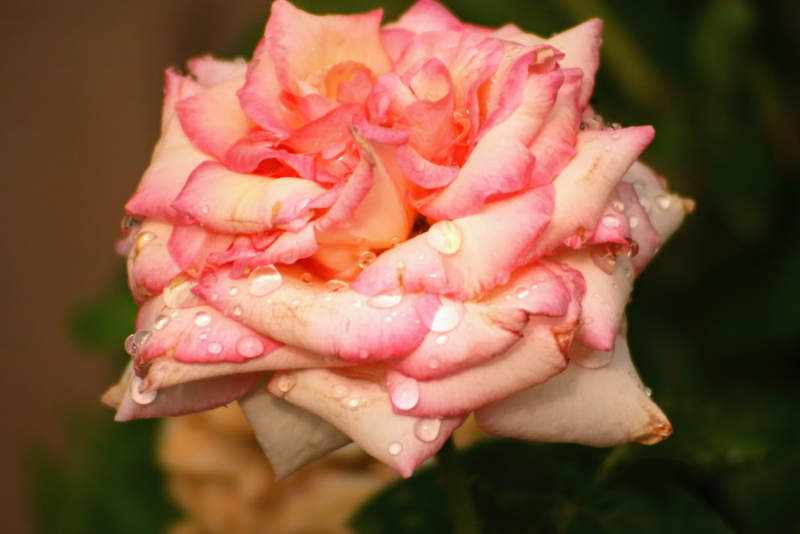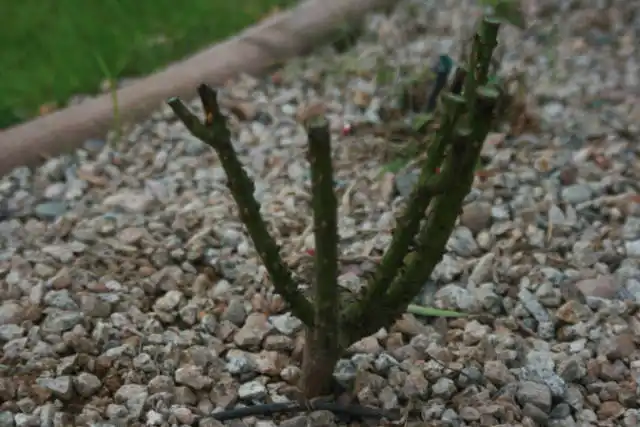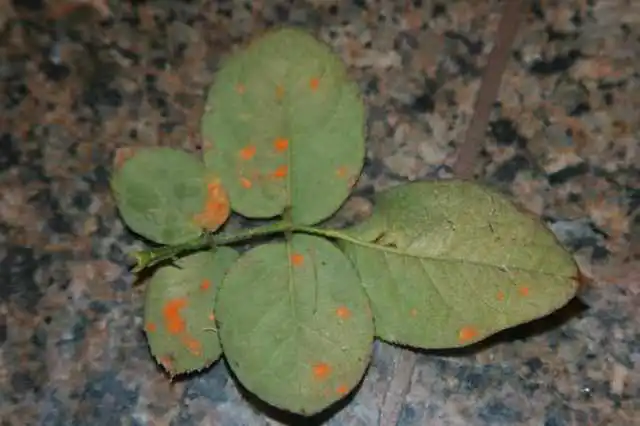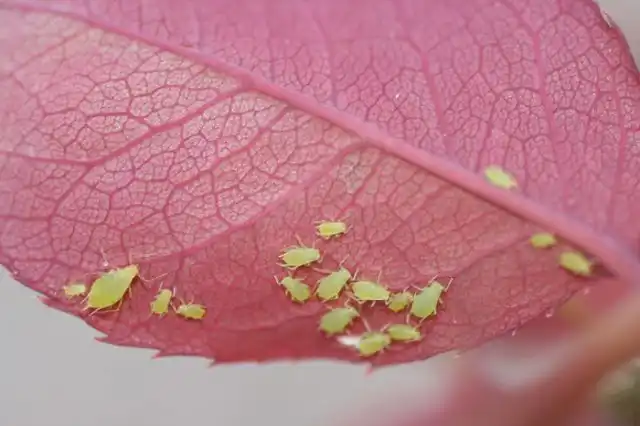Roses are timeless flowers and thankfully they grow very well in Arizona. The oldest Lady Banks Rose can be found in Tombstone, Arizona.
Hundreds of thousands of commercial grown roses come from Arizona, California and Texas every year. Let’s get started and grow roses in your Phoenix garden.
This post may contain affiliate links. Please read our disclosure policies.
Getting Started: Grow Roses in Phoenix Arizona
Roses are sun loving plants. Not frying in the afternoon sun-loving, more like a morning sun-loving plant. Stick with desert and low-water usage plants for the afternoon sun-loving plants and save the morning sun spots in your yard for your roses.
The hard part will be picking out just a few roses to plant. In Phoenix, you have a lot of roses to choose from. If you go to your local gardening store and stare at the rows of bare-root roses it can be hard to imagine how the roses will look full grown.
Not all roses are the same. There are actually five different classes of roses. Depending on the look you are hoping to achieve it is important to know the differences between the classes of roses.
Do you want long-stem roses, fragrant roses or clustered flowers? If you have a specific look in mind take notice of the rose class you are purchasing.
Choosing a Rosebush: Classes of Roses
Most roses have five petals. There are several classes of roses to choose from including:
- Hybrid Tea Roses produce the long stem roses most people purchase at a florist. They produce one bloom per stem and are very good repeat bloomers. An example of a hybrid tea rose is a Bella Roma rose.
- Floribunda means “many flowering”. Floribundas are often smaller and bushier than Hybrid tea roses. They have small clusters of three to five flowers.
- Grandiflora means “large flowered” and is a cross between the Hybrid Tea rose and the Floribundas. They are larger than both hybrid teas or floribundas. Grandiflora’s feature hybrid tea-style flowers in small clusters of three to five, similar to a floribunda. An example of a Grandiflora rose bush is the Queen Elizabeth rose.
- Polyanthas means “many-flowered” roses. They are low-growing, bushy plants, averaging 18 to 24 inches in height. With small leaves and dense clusters of small flowers on short stems, the blooms may be single, semi-double, or double.
- Miniatures are repeat-flowering shrubs ranging from 12″–24″ in height and are often sold as house plants. Most varieties require cold dormancy to survive.
This post uses affiliate links. If you purchase after clicking an affiliate link we may receive small commission at no cost to you. As an Amazon Associate I earn from qualifying purchases.
Rose Grades & Names
Now that you’ve decided which class of rose you prefer it’s time to visit your local nursery to grow roses in Phoenix. Alternatively you can also purchases roses online.
Nurseries will have an abundance of choices in bare root plants in January and February. Look for Grade 1 roses.
Grade 1 roses are older and will have three canes or more. They will have a better chance of surviving the upcoming summer.
Tags on the roses will note the class of rose, the grade and the name of the rose.
When and How to Plant Roses in Phoenix Arizona
After you’ve picked out your rose bush and identify the spot in your yard to plant it, soak your bare-root rose roots in water overnight.
Or if you want to give it some fertilizer soak the roots in a solution of water and liquid seaweed. Liquid seaweed can be purchased at your local nursery.
Bare root roses are dormant. Soaking them in water helps to hydrate the roots and is important step for your rose’s health.
Dig a hole that accommodates the root ball of the bush. This is usually 18-30″ wide. Phoenix soil is very alkaline. Just below the soil surface you may find caliche, which is like a natural cement. Not the most forgiving environment for a lot of plants to grow. Roses cannot get the nutrients they need from highly acidic soil.
To provide more nutrients for your rose bush mix in some of your favorite organic mulch in the hole you prepared for your bare-root rose bush. Fill in the hole with this same mulch.
Pruning & Fertilizing
One of the great things about growing roses in Phoenix is that they bloom continuously on any new canes produced almost year round.
January is the time to prune back your rose bushes.
The rule of thumb is to remove one-third to one-half of the growth. You will see new growth in a short period of time. Prune back bushes at a 45-degree angle. You will need a hand pruner to clean up your rose bush.
Fertilize your existing rose bushes in January. This is the time the bush is concentrating on new growth. We like to use and have had good success with liquid seaweed emulsion. An organic solution that promotes strong roots and healthy plants.
Rose Diseases & Pests
Roses are a little more work than other plants, but you are rewarded with their gorgeous blooms. Roses are susceptible to several diseases:
- rust
- black spot
- powdery mildew
The aphid is the dreaded pest to find on your roses. For organic gardening encourage ladybugs to take residence in your rose garden.
Rose Growing Tips
- Plant garlic alongside your rose garden. It is a natural pest deterrent.
- Water roses in the morning. Then when the sun comes out any excess water will evaporate. Watering at night encourages fungal growth on rose bushes.
- Fertilize. Roses are greedy and they need good fertilization. Fertilize once per month during the roses growing season. The growing season would include spring, fall and winter. During the hot summer months fertilization can be cut in half. Liquid seaweed is a great organic fertilizer.
- Not all roses are scented. If you want a scented rose check tags before you purchase so you are not disappointed. Some great strong scented roses include Mr. Lincoln, Bella Roma, and Aromatherapy roses.
Deadhead the plant, or clip the flower once a bloom is spent. This helps the bush divert it’s energy to produce new growth and a new rose.
If you prune each cane a different height it adds visual interest to your garden.
The Best Roses to Grow in Gardening Zone 9B

